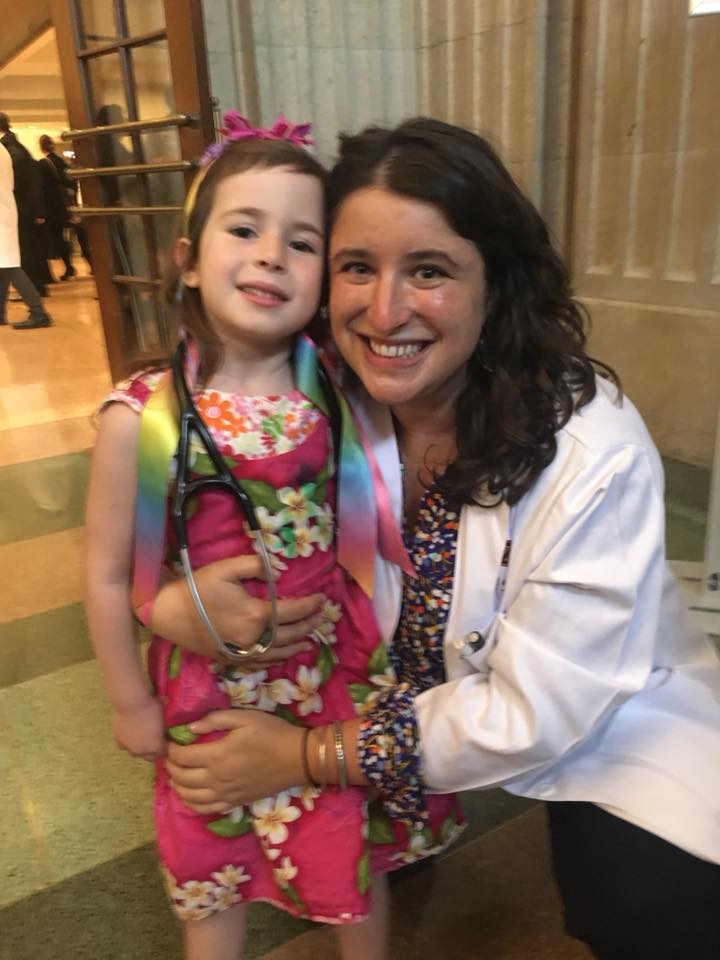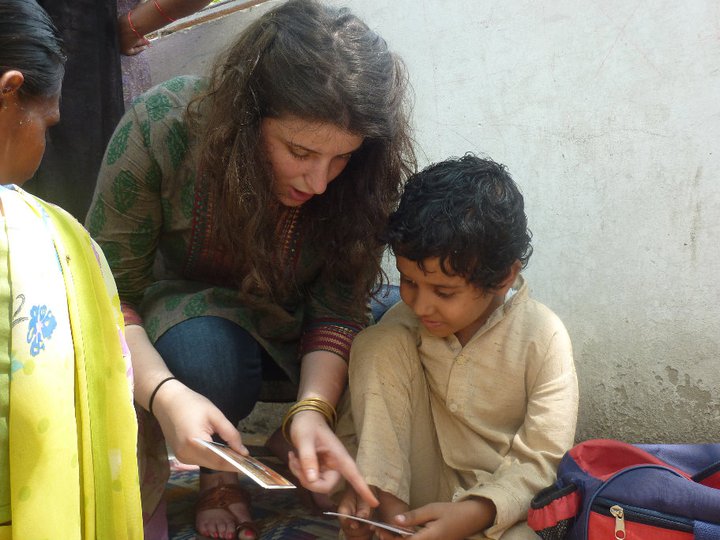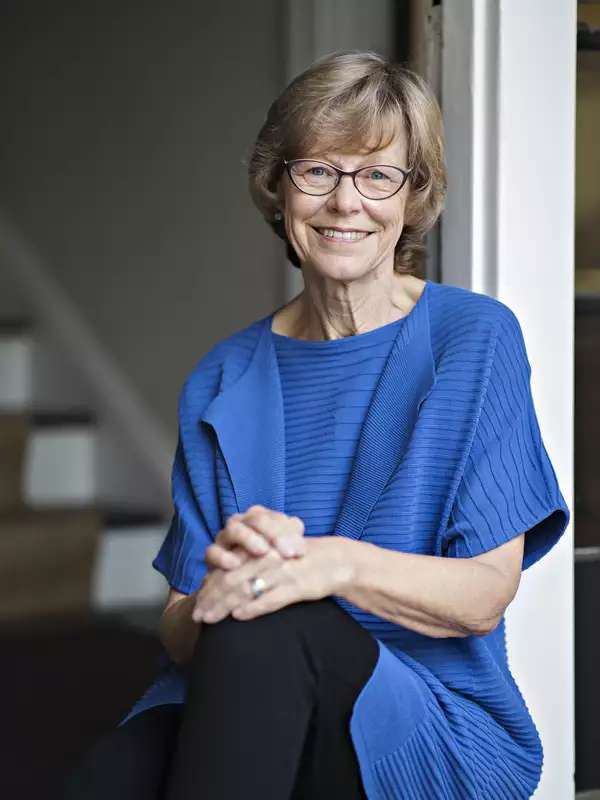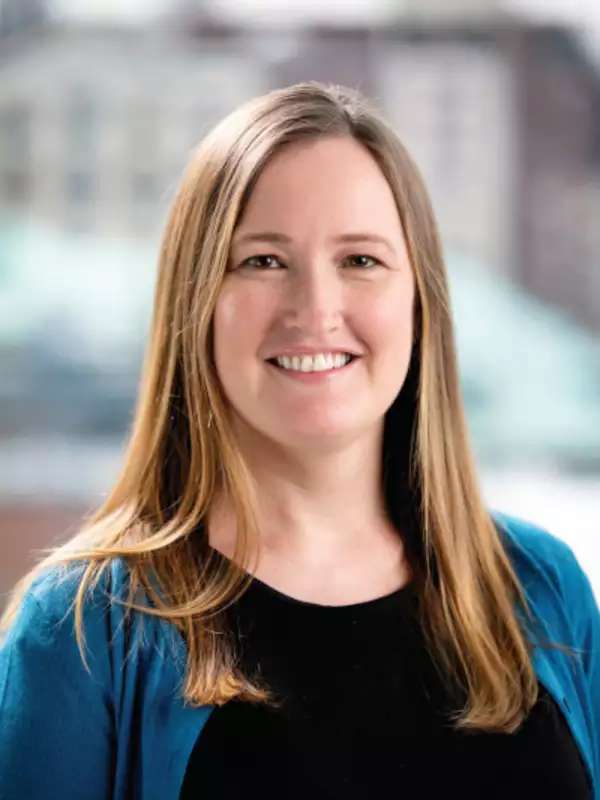Medicine is so much more about listening than anything else. It’s piecing together stories. Barnard really gave me the toolbox for that. It taught me how to listen and observe and detect nuance.

As the novel coronavirus swept through the country in March, medical student Sara Lederman ’12 and a classmate brainstormed ways to help their community in Minnesota’s Twin Cities. A few days later — with dozens of their peers pitching in — they launched MN COVIDsitters, a site that matches undergraduate and graduate student volunteers with health care workers who need help with babysitting, errands, and other chores. The site now has more than 400 volunteers and has fulfilled requests for assistance from more than 100 families. (MN COVIDsitters was featured in The New Yorker on May 11.)
“My friends and I just wanted to find a way that we could help, especially when the need felt so urgent and we suddenly had more flexibility with our schedules,” said Lederman, who has been dropping off groceries for a sick health care worker who is a single mom.
The desire to be of service to others, nurtured during Lederman’s childhood, crystallized at Barnard. “While I might not have learned what I wanted to be when I grew up," she said of her time at the College, "I knew who I wanted to be.”
Lederman, who majored in anthropology, realized she wanted to be a doctor after she was awarded a 2013 Fulbright grant to India, where she spent a year doing ethnographic research. (Barnard has been named a top producer of Fulbright students for nine of the past 11 years.)
“Medicine is so much more about listening than anything else. It’s piecing together stories. Barnard really gave me the toolbox for that. It taught me how to listen and observe and detect nuance.”
Her research took her to some of India’s rural areas, where she studied palliative care treatments for children with cancer. “I watched the doctors and was jealous — I wanted to be taking care of kids,” she said.

Back in the States, she attended Harvard’s post-baccalaureate premedical program, for students who want to complete the prerequisite courses for medical school. Then she earned a master’s degree in public health at the University of Minnesota in her hometown of Minneapolis and enrolled at the medical school, where she is in her third year studying for boards and conducting clinical rotations, even through the pandemic. She has a scholarship from the National Health Service Corps, a federal program in which students pledge to practice in a high-need area after completing their medical training. Lederman plans to work as a pediatrician or an obstetrician and is eager to finish her studies and get into clinical work.
“Medicine is so much more about listening than anything else. It’s piecing together stories,” she said. “Barnard really gave me the toolbox for that. It taught me how to listen and observe and detect nuance.”
These days, she juggles her now-online classes with her work on MN COVIDsitters, which is run by a board of 13 medical students. Volunteers have been walking dogs, preparing arts and crafts projects for kids, and feeding parakeets. Three students are assigned to each family so they can trade off duties, and everyone practices social distancing. (Among the volunteers is first-year medical student Cameron Meyer-Mueller ’17.)
Support from the outside community has allowed MN COVIDsitters to blossom. A lawyer volunteered to help the organization become a nonprofit and a tech company created an app to gather requests and automate the process of pairing families and volunteers. MN COVIDsitters helps health care workers — from doctors to hospital janitors — in the St. Paul/Minneapolis area who are working on the front lines of the coronavirus epidemic. “A lot of families just want to have someone show up to help in no specific way, just to be present,” she said. “For me, that is just as important as anything else.”

As soon as the website went live, the organizers received requests from other healthcare and public health students throughout the state asking how they could start their own organization to help health care workers in their areas. Similar requests later poured in from more than 70 medical and general schools around the world, from Canada to Sudan. The Minnesota students send a Google starter kit to anyone who asks. As Lederman explained, “We love using our collective wisdom to help solve problems.”
—JENNIFER ALTMANN



